Atherosclerotic Coronary Plaque Features in Patients with Chronic Obstructive Pulmonary Disease and Acute Coronary Syndrome
The American Journal of Cardiology
JUNE 12, 2024
Publication date: Available online 12 June 2024 Source: The American Journal of Cardiology Author(s): Michele Russo, Massimiliano Camilli, Giulia La Vecchia, Riccardo Rinaldi, Alice Bonanni, Matteo Pio Natale, Carmine Salzillo, Ilaria Torre, Carlo Trani, Filippo Crea, Rocco A.


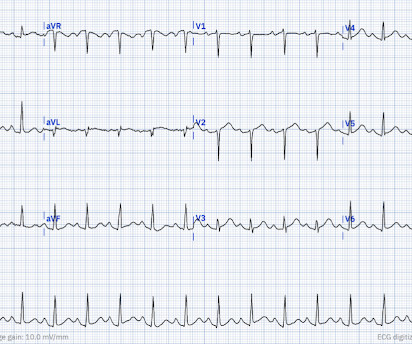





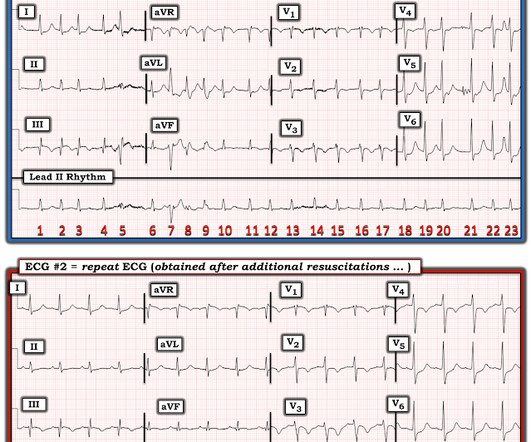
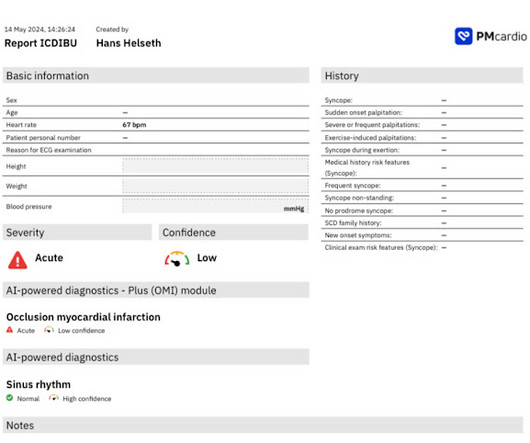

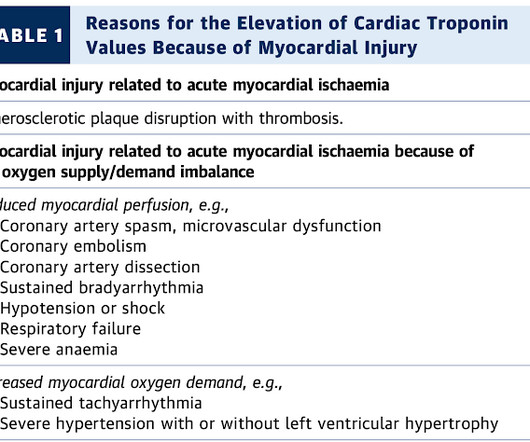
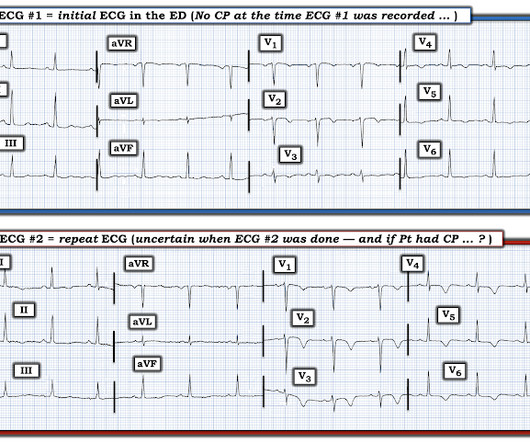
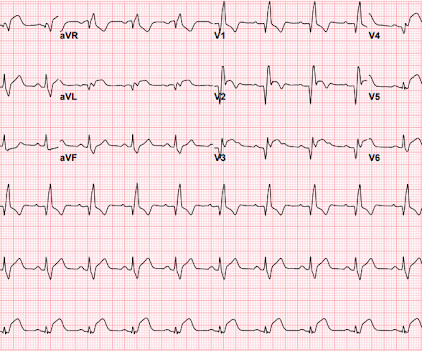
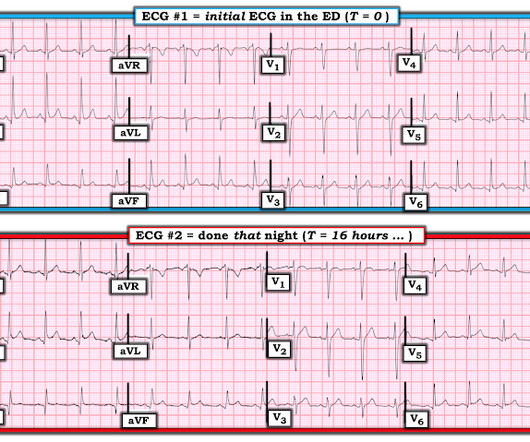






Let's personalize your content